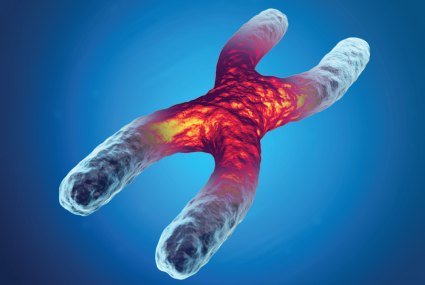Genetic diseases
Overview
Genetic diseases are the result of alterations in a genome which manifests as phenotypical or developmental abnormalities, diseases, or predispositions to certain conditions. Studying genetic disease can be challenging in identifying the relevant alterations and their potential causation of a phenotype.
Challenges in genetic disease research
Genetic diseases are the result of alterations in a genome which manifests as phenotypical or developmental abnormalities, diseases, or predispositions to certain conditions. There are a variety of alterations that cause genetic diseases:
- Chromosomal diseases or chromosomal abnormalities consist of genetic diseases in which there is a structural or numerical irregularity within cells.
- Monogenic diseases are observed when there is a variant in one gene which results in improperly functioning proteins, leading to pathogenic outcomes.
- Polygenic diseases are the result of variants across multiple genes.
While not every genetic disease is inherited, many of them are the result of the passing of a genetic alteration from one or both parents to a child. Studying genetic disease can be challenging in identifying the relevant alterations and their potential causation of a phenotype.
Chromosomal diseases that are the result of the changes in the number of chromosomes for example, are not inherited but are the result of abnormal cell division in reproductive cells. However, some chromosomal structural abnormalities can be inherited. Monogenic diseases and polygenic diseases on the other hand are inheritable. Monogenic diseases that are only observed when both copies of a variant are called autosomal recessive; and monogenic diseases in which only a single mutated gene results in the pathogenic phenotype are known as autosomal dominant. A variant in a gene that is only found on an X chromosome is referred to as an X-linked disease. Polygenic diseases are distinct in that they are the result of both environmental and genetic factors, and researchers are still working to understand their inheritance patterns. Monogenic diseases are usually considered rare diseases, while polygenic diseases are more common (Table 1).
Table 1. Examples of monogenic and polygenic diseases.
| Monogenic diseases | Polygenic diseases |
|---|---|
|
|
For some genetic disorders, the specific pathogenic genetic alteration(s) have been identified [1], however for others, genetic heterogeneity and complex inheritance can make variant identification and interpretation difficult. Many variants can be present in a sample, and identifying which one is pathogenic can require extensive computational and laboratory resources. Additionally, the identification of germline variants relies heavily on existing reference databases, which currently have limited levels of population diversity [2], making it challenging to know if variants are being missed during analysis.
Next generation sequencing (NGS) has played a pivotal role in increasing the understanding and number of genetic disease-associated variants, however most NGS workflows require significant amounts of hands-on time, sample management, and heavy computational analyses.
NGS solutions for researching genetic diseases
Specific NGS solutions to study genetic diseases include untargeted approaches such as whole genome sequencing (WGS) as well as targeted NGS approaches like amplicon sequencing, Anchored Multiplex PCR (AMP™), and hybridization capture techniques.
A benefit of targeted NGS for researching genetic diseases include optimized use of sequencing resources and simplified analysis since data generated is focused only on the gene areas of interest, relative to WGS which provides sequencing information for the entire genome. Hybridization capture panels can be customized so that hybridization probes are only capturing sequences from genes of interests, which can optimize use of sequencing and analytic resources. Similarly, with amplicon and AMP panels, researchers can focus only on the genetic region(s) of interest. The VARIANTPlex™ CFTR v2 panel is a highly targeted AMP panel which is designed to interrogate all 27 exons and key intronic regions in the cystic fibrosis conductance regulator (CFTR) gene. In addition to saving resources in the lab and during analysis, these panels offer rapid library preparation, which allows researchers to obtain insights faster.
Figure 1. Spectrum of NGS approaches used by scientists to study genetic diseases. As the number of genetic targets expands (WES and WGS) more sequence information is obtained relative to streamlined, highly targeted approaches (single gene panels).
Alternatively, whole exome sequencing (WES) that captures only the protein coding portions of a genome (1% of the genome) through hybridization capture, has been shown to contain up to 85% of variants associated with genetic diseases [3] and may provide broader insights with less sequencing resources needed compared to WES.
Understanding the Power of WES for Studying Genetic Diseases
Watch this webinar to learn how experts in the rare disease field are using WES to better understand the genetic alterations driving disease phenotypes.
Explore IDT genetic disease research solutions
Additional resources
References
- Need AC, Goldstein DB. Next generation disparities in human genomics: concerns and remedies. Trends Genet. 2009;25(11):489-494.
- GWAS Diversity Monitor. https://gwasdiversitymonitor.com/. Accessed 2024.
- Ng SB, Turner EH, Robertson PD, et al. Targeted capture and massively parallel sequencing of 12 human exomes. Nature. 2009;461(7261):272-276.

